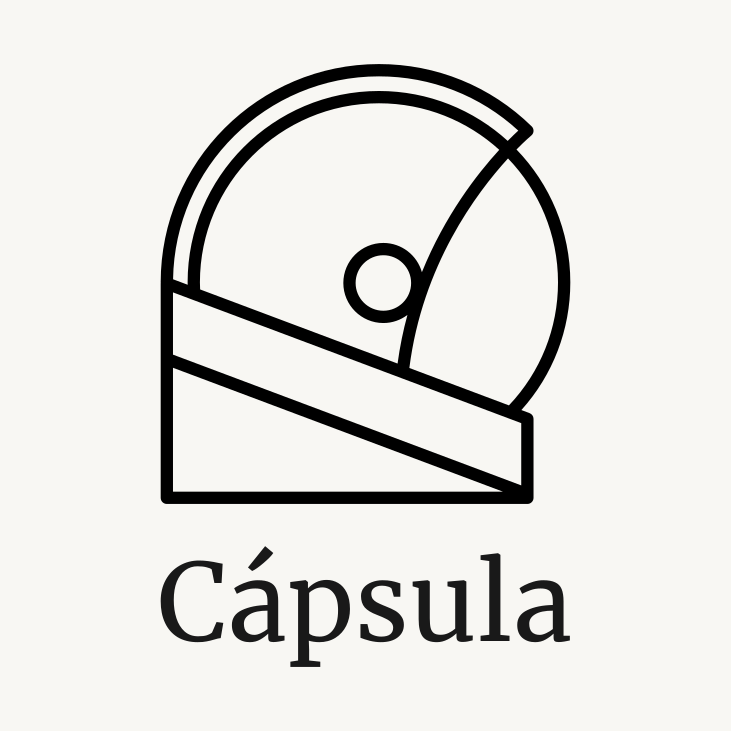One adage was along the lines of needing to let the audience know you’re going to do something special before you do it. You tip them off and draw their attention to you (and you have to know how to do that in a way that isn’t obvious) or toward whoever is going to do the special thing. It seems counterintuitive in some ways; where’s the surprise if you let the audience in on what’s about to happen? Well, odds are, if you don’t alert them, half the audience will miss it. They’ll blink or be looking elsewhere. Being caught by surprise is, it seems, not good. … A similar adage was “Tell the audience what you’re going to do, and then do it.” “Telling” doesn’t mean going to the mic and saying, “Adrian’s going to do an amazing guitar solo now.” It’s more subtle than that. The directors and editors of horror movies have taught us many such rules, like the sacrificial victim and the ominous music (which sometimes leads to nothing the first time, increasing the shock when something actually happens later). And then while we sit there in the theater anticipating what will happen, the director can play with those expectations, acknowledging that he or she knows that we know. There are two conversations going on at the same time: the story and a conversation about how the story is being told.
This is David Byrne, in his book How Music Works, on how to turn out a really good live music performance, but it is SO applicable to writing. (via annfriedman)
